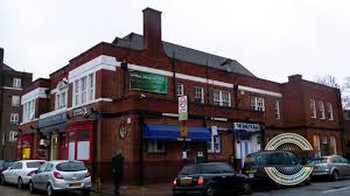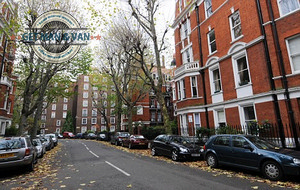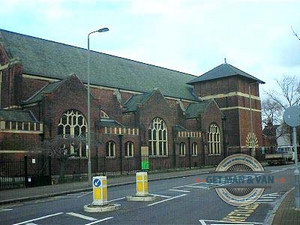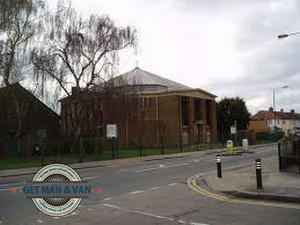In the last ten years, China has seen a large boom in the building industry and now as a result there is a surplus of cities, literally. The so called new-abandoned cities can be seen throughout the country – massive empty streets and squares, towering empty skyscrapers, and an eerie silence make these deserted metropolises the ideal setting for a sci-fi thriller.
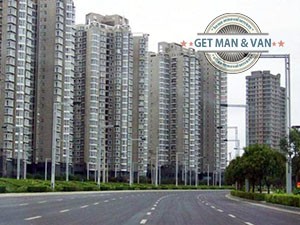 Kangbashi New Area is one of the earlier examples of a new Chinese ghost city. Built in two thousand ten, and costing hundred and sixty eight billion dollars, the development was supposed to serve one million people but it never did as the project was only completed partially and its capacity was only three hundred thousand people. However, there are no more than twenty thousand people living in the Inner Mongolia city. This isn’t to do with some specific economic failure, but government simply can’t convince people to move there.
Kangbashi New Area is one of the earlier examples of a new Chinese ghost city. Built in two thousand ten, and costing hundred and sixty eight billion dollars, the development was supposed to serve one million people but it never did as the project was only completed partially and its capacity was only three hundred thousand people. However, there are no more than twenty thousand people living in the Inner Mongolia city. This isn’t to do with some specific economic failure, but government simply can’t convince people to move there.
Another example of a deserted piece of real estate, this time commercial is the New South China Mall in the city of Dongguan. The mall is the largest shopping centre in the world based on gross leasable area, however the place is empty. Since opened in two thousand five, the mall has been ninety nine percent vacant. The mall is fully finished and has all the necessary business infrastructure and visitor amenities, yet there is absolutely no interest on behalf of commercial establishment owners.
Florentia Village is another good example of what overbuilding does – it creates ghost towns. The village of Florentia sits on a former corn field in Wuqing. Now the field has been transformed to a strangely Venice-like settlement, empty of course, featuring a grand canal, Italian style housing and shopping mall closely resembling the Colosseum in Rome. The village project costed north of two hundred and twenty million dollars.
Little Paris is yet another of the Chinese ghost towns to resemble European cities. Little Paris began as a gated community built in two thousand seven. The place has its own Eiffel Tower, Champ de Mars and Parisian housing. The city has at least a hundred thousand people capacity, though there are only two thousand or so residents in this Chinese take on Paris.
Strange gated communities seemed to have been quite the thing in China some years ago – Thames Town or Little London as it is also known is another gated community opened in two thousand six. The town features Tudor period homes, a replica of a section from the Thames, even a Gothic church. The steep real estate prices were the main reason why Little London was a flop and remained a ghost town.
Thankfully, the UK’s man and van removal industry is not managed in the same way as the Chinese construction industry. For now there is no surplus of empty towns in the UK, meaning man and van removals are going strong and won’t be out of business any time soon. Can’t say the same for many Chinese companies which went under due to the artificial boost of GDP in the country.
About the Author:
Prev: « A One Day Trip from London – Several SuggestionsNext: Unusual eBay Listings »



